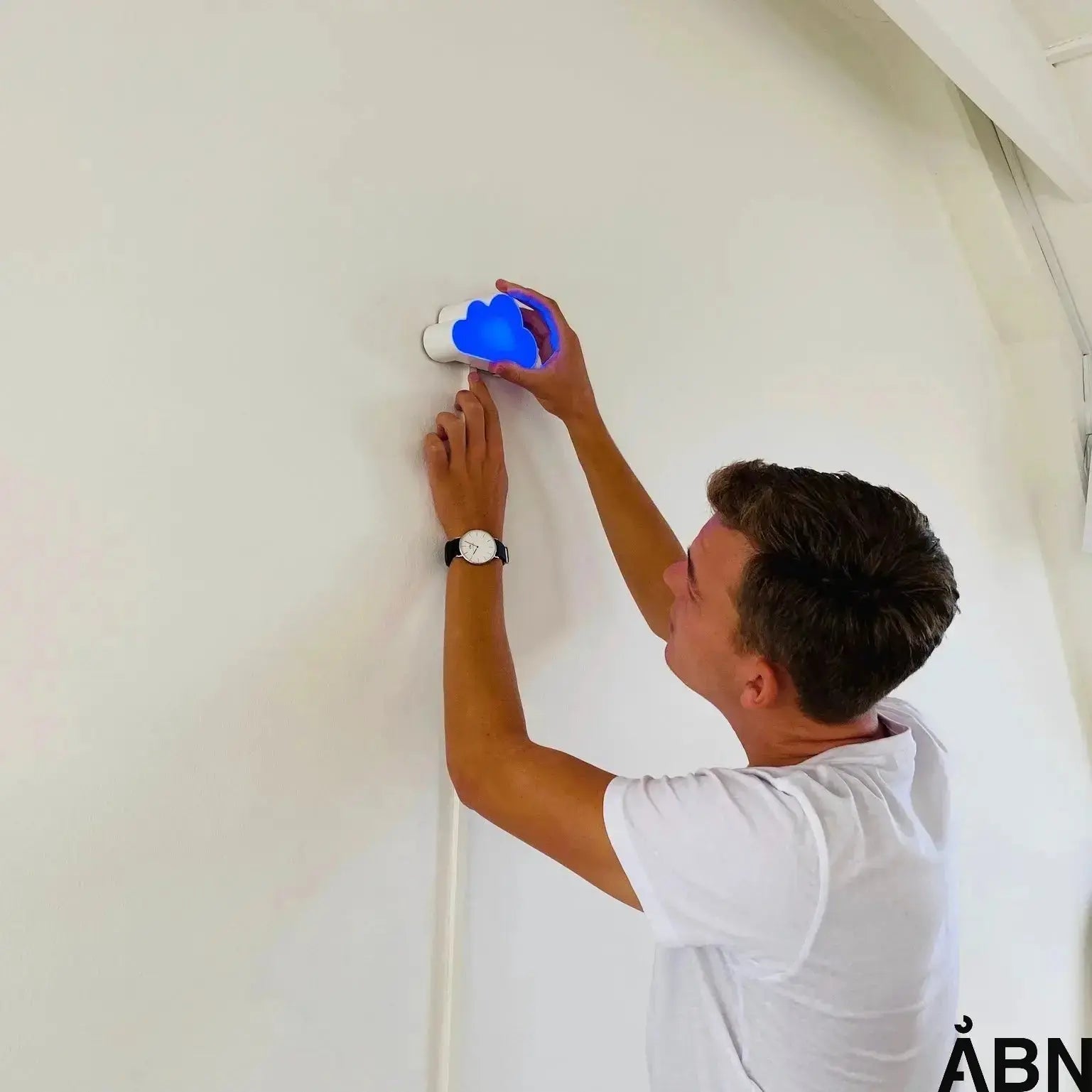Imagine an office full of engaged employees, the buzz of conversations and keyboard clicks – but also an invisible enemy: CO₂. High levels of carbon dioxide in the indoor climate can lead to fatigue, difficulty concentrating and lower productivity. It’s not just a question of comfort – it’s about health, well-being and sustainability. In this article, we delve into how you can effectively prevent CO₂ in the office while contributing to Denmark’s ambitious climate goals.
Why is CO₂ a problem in the office?
CO₂ (carbon dioxide) is a natural part of the air around us, but in closed spaces like offices, the concentration can quickly increase, especially if ventilation is inadequate. When many people are in the same room for a long time, the CO₂ level increases – and you can feel it.
According to Concito , a poor indoor climate affects both cognitive performance and general well-being. This means that employees feel more tired, unmotivated and less efficient. And in the long term, this can have consequences for both sick leave and job satisfaction.
How do you measure CO₂ in the office?
CO₂ is measured in ppm (parts per million). A healthy indoor climate should stay below 1000 ppm – preferably lower. Already at 1000–1200 ppm, many people begin to experience difficulty concentrating, and at 1500 ppm and above, symptoms such as headaches and fatigue become more prevalent.
With modern technology, it is now easy to gain insight into CO₂ levels in office environments. At ÅBN, we have developed the Skyen – an intuitive sensor that visualizes the indoor climate in real time. This makes it possible to act quickly and accurately when levels rise, and it gives both management and employees a common language for indoor climate.
5 effective strategies to prevent high CO₂ levels
1. Optimize ventilation and air exchange
The most direct remedy for high CO₂ is ventilation. Many office buildings have mechanical ventilation, but it is often not adapted to actual usage patterns. By installing intelligent systems that adapt the air exchange to the number of people in the room and the CO₂ level, you can ensure a constantly healthy indoor climate.
With solutions such as ÅBN's sensors and dashboards, it becomes possible to visualize when and where more air is needed - and thus optimize both comfort and energy consumption.
2. Energy efficiency: More than just energy-saving light bulbs
A low carbon footprint is not just about air quality, but also about how the building uses energy. By adding insulation, installing energy-efficient windows and using LED lighting, offices can significantly reduce energy consumption – and thus CO₂ emissions.
Intelligent control systems that automatically turn off lights and ventilation in empty rooms are low-hanging fruit. They minimize waste and ensure that energy is used where and when it is useful.
3. Switch to green energy
Denmark has a goal to reduce CO₂ by 70% by 2030 and become climate neutral by 2045. This means that both public and private workplaces must increasingly use renewable energy such as solar and wind.
Many offices today choose to purchase certified green electricity or invest in their own solar cells – an investment that pays off both financially and in terms of climate. According to State of Green, it is a crucial piece of the puzzle in achieving Denmark's climate goals.
4. Behavioral changes: Small habits, big impact
Technology can do a lot, but people make the difference. Behavioral changes among employees can have a big impact on CO₂ levels. It's about creating a culture where you:
- Remember to air out when necessary.
- Avoids unnecessary energy consumption (turns off computers, printers and lights)
- Reduce transport-related CO₂ by cycling, taking the train or working from home
At ÅBN, we actively work with behavioral change as part of the solution. When employees understand the connection between their actions and the indoor climate, a new sense of responsibility and motivation to make a difference arises.
5. Think sustainably – also in purchasing and materials
CO₂ prevention is also about what is brought into the office. By choosing furniture, materials and office supplies with a low climate footprint – and preferably with eco-labels – you can reduce the so-called embedded CO₂.
Recycling, upcycling and the circular economy are no longer niche – they are necessary. And it sends a strong signal to both employees and the outside world that the company is taking responsibility.
A sustainable office is a healthy office
Preventing CO₂ in the office is not a stand-alone effort – it is a holistic approach. It is about combining technology, the physical environment of the building and human behaviour in a common direction. And it is about understanding that indoor climate is not only a question of comfort, but also of health, productivity and climate impact.
Keeping CO₂ levels in balance not only creates better working days – it also creates a greener future.
How can ÅBN help you?
At ÅBN, we specialize in making indoor climate as understandable as the weather forecast. With our intuitive sensors and dashboards, you can get an overview of CO₂, temperature, humidity and much more – in real time. This makes it possible to act quickly and effectively, and it creates a shared understanding of the indoor climate across the organization.
Would you like to know more about how ÅBN can help your workplace prevent CO₂ in the office ? Then take a look at our solutions for offices - or contact us for a non-binding chat.
FAQ: Frequently asked questions about CO₂ in the office
What is a healthy CO₂ level in the office?
A CO₂ level below 1000 ppm is considered healthy. When the level exceeds 1000–1200 ppm, it can affect concentration and well-being. Above 1500 ppm, ventilation should be done immediately.
How do I know if the CO₂ level is too high?
Symptoms such as fatigue, headaches and difficulty concentrating can be signs. By installing CO₂ sensors like those from ÅBN, you can get accurate and visual insight into air quality in real time.








